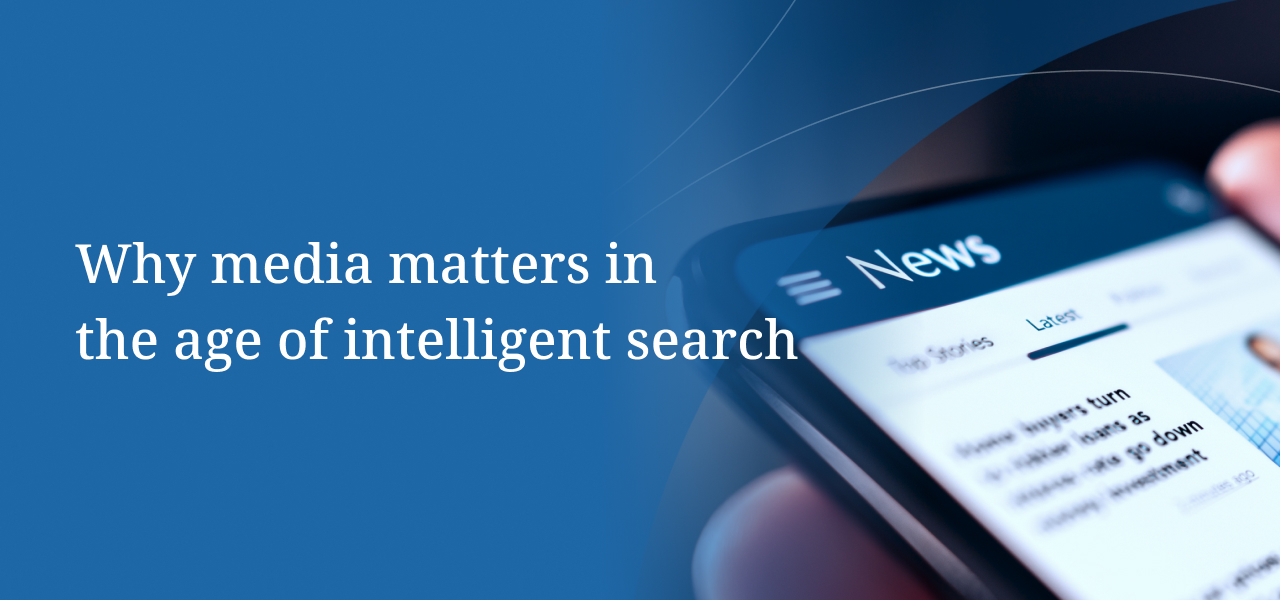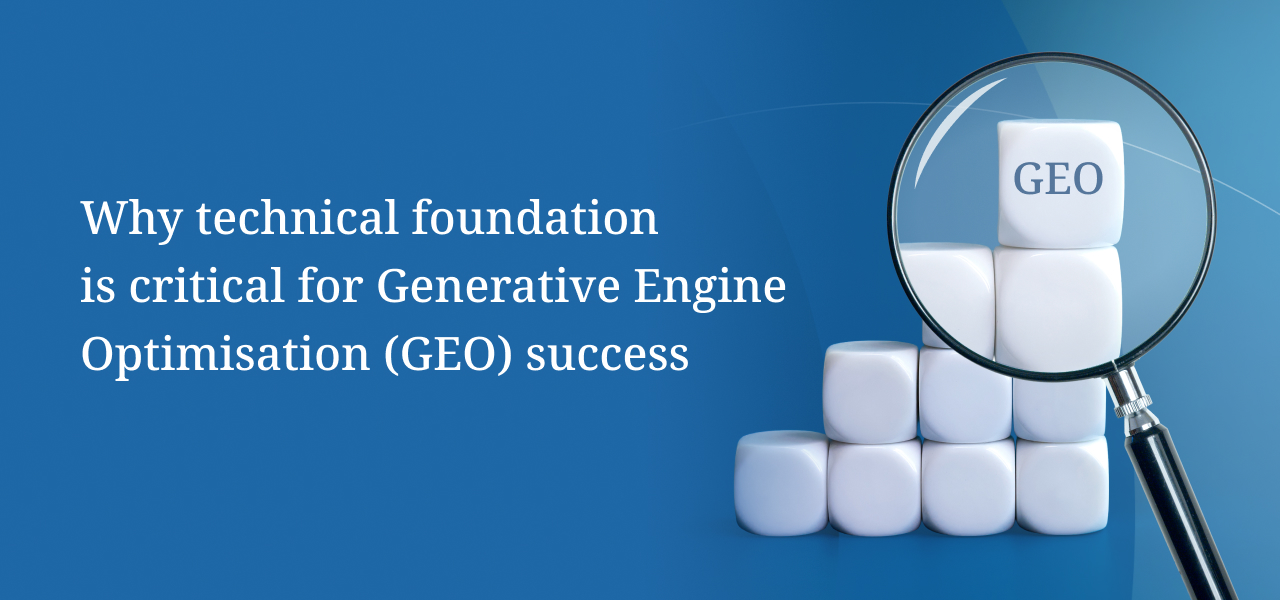The world of marketing is changing at lightning speed. Many aspects of marketing have significantly changed over the years, especially SEO and Search in recent months. Yet there are some fundamentals of marketing that remain unchanged: the core elements like the target audience, influencers, and stakeholders.
Unfortunately, these human elements often fail to get the attention they warrant amid the AI hype cycle. All too often, brands are getting caught up in the process of marketing as it changes – i.e. automating as much as possible and using AI to save costs and ‘do more with less’. This seems to be the mantra of the day, as well as the navel-gazing of ‘how amazing my product/service is’. What this means is that the strategic thinking of the “bigger” picture and the ecosystem in which you play is often overlooked.
In the past, textbook marketing focused largely on the ‘5 Ps’ of marketing.; I personally think the ‘5 Ws’ of marketing are more relevant to the bigger picture – i.e. Who, What, When, Where, and Why. These are basic questions expected of any marketing strategy or campaign – and they are all the more relevant as a framework to guide your modern-day marketing.
While we need to keep up with the technology and the impact of disruptive innovation such as GenAI, we can’t lose focus on the human aspect of being in business. Ask yourself: who are our customers, the influencers, and the key decision-makers (sometimes not as obvious as one might think)? What are their needs? How do they want to be communicated to and marketed to? Are your automated marketing messaging and processes cutting through, or is this turning them away from you? Are you giving customers the right experience? Are you engaging the right people to start with?
Within the maze of AI and automation, there are so many basic questions for the modern marketer not to lose sight of.
Defining ecosystem marketing
Ecosystem marketing is a ‘phase’ that I have coined after using it with clients over the last year or so. What I mean when I talk about ecosystem marketing is defining the broader ecosystem around you that you exist in – who are the various stakeholders and decision-makers, and is your marketing catering to them?
If brands are at risk of forgetting about the customer entirely, you can imagine how challenging it will be to then remember the broader market and ecosystem. But this is where it can all go wrong – especially in B2B marketing where the sales cycle tends to be longer and more complex, with a diverse range of people influencing the purchasing decision.
Ecosystem marketing in action – delivering business outcomes
To paint a clear picture of what I am talking about, let me provide you with a case study of a successful campaign that we executed. The campaign delivered outstanding results and highlighted the commercial outcomes of focusing on ecosystem marketing.
One of our global technology clients needed to understand the sustainability landscape in depth across the Asia Pacific region, particularly Singapore. We were engaged as a long-standing partner with the aim of unearthing everything about the sustainability landscape in Singapore. We researched and mapped out the ecosystem – who are the active voices, brands, and the main players at both a government, business, academia, and R&D perspective. What are the latest green initiatives at the government and business levels, the opportunities and challenges? We went into great detail so that our client had a very good grasp of the surrounding ‘sustainability’ ecosystem.
With a clear goal to position our client as a player in the space, we devised several strategies for them as part of their overall go-to-market plan. One initiative stuck, and we went ahead to execute on it, delivering resounding success. The initiative was a 12-part thought leadership series called the Sustainability Leaders Series. Our research on understanding who was who in the space served us well, as we were able to carve our 12 different episodes with our media partner, engaging various stakeholders of influence to discuss different angles of the sustainability agenda. One of our goals was to secure Singapore’s Minister of Environmental Sustainability, which the thought leadership series served as a credible platform to do. And we did.
This whole initiative, which focused on not only our client’s customers but the broader ecosystem, helped them to secure a key commercial deal – a clear ROI of prioritising the ecosystem in strategic marketing, combined with a solid thought leadership approach to deliver back to the business.
As you can imagine, I am super proud of this campaign, but also the power of ecosystem marketing, thought leadership, and strategic marketing when done right. Ecosystem marketing is the real silver bullet for the modern marketer and successful brands.
Top tips for embracing the ‘ecosystem’ concept in your marketing:
1. Firstly, take the time to define the ecosystem around you. It could be the ecosystem around your whole business or in a particular area, as per the example above. Think about what is important to your business right now and what is your overarching business strategy. What is the landscape around you, and where are you playing?
2. Think about the ecosystem from a bigger picture perspective. Are there government bodies/authorities that are important in your space, universities/academia, or VC/private equity?. Is there legislation that you need to think about? What are the marketing forces/events impacting your business? Do a deep dive into the broader arena.
3. Think about the ecosystem from a persona perspective. Beyond the obvious target customer, who influences the buying decision? Let’s say it is the CIO making the decision or recommendation, does it then need to be signed off by the CFO and CEO, or even the COO? Who is involved? Who do you need to cater to? What are their pain points/challenges? Are you factoring them into your strategy?
In today’s fast-paced landscape, so many leaders forget about the broader scope of their business, such as what the competition is doing, defining the market forces that are at play, and mapping out where the market is headed. All too often, the core basics such as the target audience, influencers and other stakeholders are simply forgotten.
After reading the top tips above, ask yourself: are you catering for all the different parts of the ‘ecosystem’ in your marketing? Do you know what the broader ecosystem consists of? If not, this is a huge opportunity for you to elevate your brand, especially for B2Bs looking to get ahead of the competition while they are still focused on the AI hype cycle.




